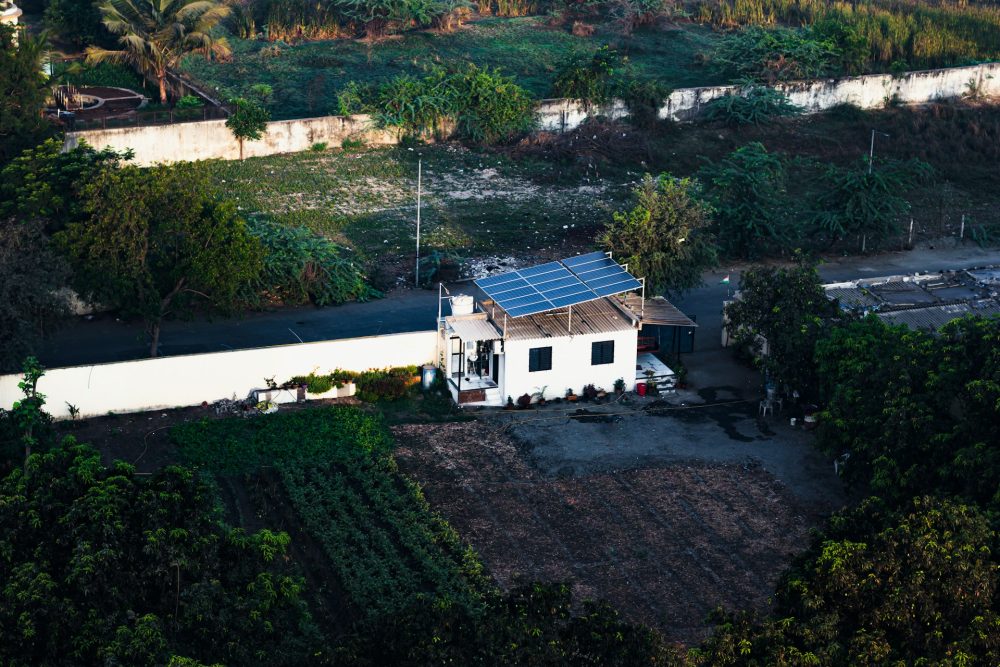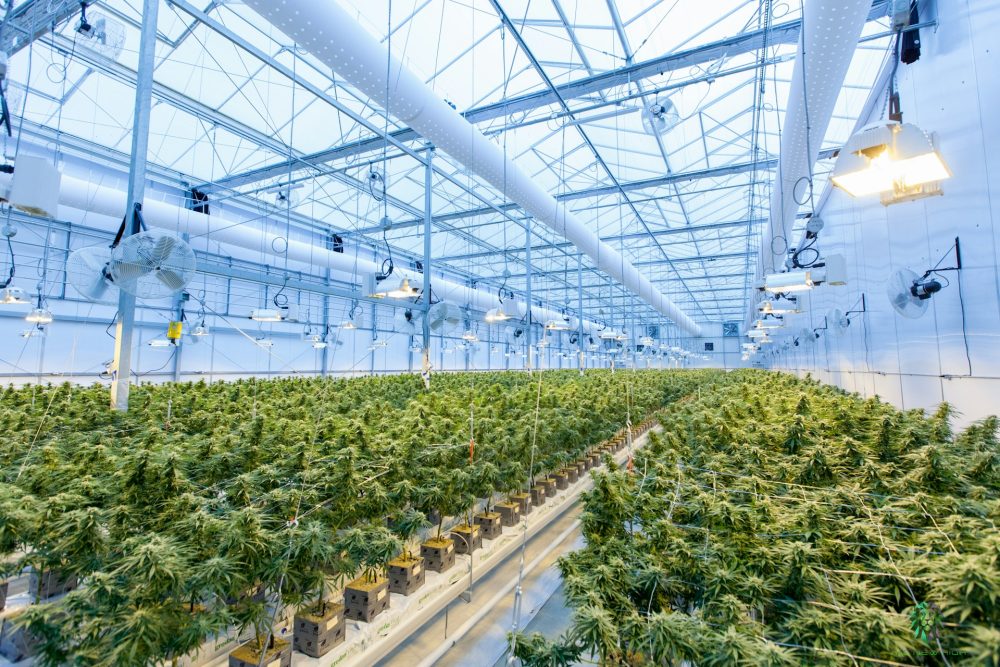Impact Investing
Spain Wasted Energy Generated by Self-Consumption Worth 88 Million, in 2024
Spain wastes 2,094 GWh of surplus photovoltaic energy annually due to network barriers, losing €88 million. Self-consumption, 19% of total electricity, declined by 26% in 2023. Installed capacity is 8,585 MW, mostly in industries. APPA calls for tax breaks and streamlined regulations. Catalonia, Andalusia, and Valencia lead in self-consumption. Energy communities need legal support.

It is energy that goes down the drain, that is wasted. The Association of Renewable Energy Companies (APPA) itself points out that it is energy that goes “to waste.” And every year it is a significant amount: 2,094 GWh of photovoltaic energy last year, which at market prices would have been worth 88 million euros.
It is the surplus energy generated by self-consumption systems in our country that is wasted because it cannot be supplied to the supply network due to the “barriers to use” that persist, according to the sector.
Energy produced by self-consumption represents 19% of the total electricity generated in Spain. Underutilization is only one of the complaints that the sector launches to institutions in the face of an energy alternative that is failing to take off. The installed self-consumption capacity, both in companies and in the residential sector, was reduced by 26% last year. 1,431 MW were installed , the majority, 75%, in companies and the rest in residential installations.
With these new self-consumption plants in our country, the installed capacity now stands at 8,585 MW. Of these, industries are the ones that mostly choose to supply themselves with energy through this means. Spanish companies have 6,304 MW installed compared to 2,281 MW for homes.
APPA Renovables has presented its annual report on photovoltaic self-consumption. It concludes that the pace of power installation has slowed down. It even predicts that if this continues, it will be impossible to reach the 19 GW of installed power set out in the National Integrated Energy and Climate Plan for 2030. To do so, we would have to more than double the current power. “If we set goals, we must put in place the tools to achieve them. If we don’t, the goals have no value,” says Jon Macías, president of APPA Renovables.
More incentives for self-consumption in Spain
They are calling for self-consumption to be encouraged with tax breaks for this type of installation of “at least 25% in corporate tax or personal income tax”. They are also asking the Administration to simplify the processing of this type of authorisation, “and to facilitate easier access to the networks or the effective fulfilment of the 10% reserve of self-consumption capacity”: “We continue with the same barriers to the use of surpluses.”
The hope is that the lower cost of this type of installation will increase the commitment to self-consumption in Spain: “The cost of technology is lower than ever and the evolution of prices at the end of 2024 has encouraged installation,” said José María González Moya, general manager of APPA Renovables.
The savings generated by this type of installation in residential use is 157 euros per year per KW, according to APPA. In the case of industries, this saving is 101 euros per KW/year: “With these prices, a family would recover the investment in eight and a half years and an industry in less than seven.” They add that after that, there would still be twenty years of useful life left for these installations “which would give us free electricity.”
Catalonia, Andalusia and Valencia
The report highlights that self-consumption has exceeded the installed capacity of nuclear power plants and that “at certain times it will generate more electricity than nuclear energy.” They also demand that “an exhaustive and official registry of the installations” be carried out.
As regards electricity generation, self-consumption exceeds coal, which registers residual levels, and pumping. In total, self-consumption in Spain produced the equivalent of 3.7% of the total electricity demanded in our country: “It would have exceeded 4.5% if it were not for the barriers to the use of the surplus of industrial installations, citing a lack of capacity in the network.”
The places where self-consumption has the greatest penetration are Catalonia, Andalusia and the Valencian Community. These three autonomous communities alone account for half of the installed self-consumption capacity. In the case of Catalonia it represents 18%, in Andalusia 17% and in Valencia 14%. In autonomous communities such as the Basque Country, Navarre, Extremadura or the Balearic Islands they barely have 3% of the total installed capacity.
Energy communities in Spain
In Spain, there are already at least 357 energy communities, according to data from the Common Energy Observatory. The number has shot up significantly in the last year and has done so with hardly any solid regulatory support, which leaves them in a sort of energy limbo.
This type of community facilities are much more widely recognised in the legislation of countries such as the United Kingdom, France, Poland and Germany. In our country, despite the recognition of the European Union, their regulatory development has barely progressed, beyond an aid plan that aims to promote them. For this reason, UNEF requests the approval of a specific Royal Decree that establishes the bases for their development and provides them with sufficient legal security , transparency and stability.
__
(Featured image by VD Photography via Unsplash)
DISCLAIMER: This article was written by a third party contributor and does not reflect the opinion of Born2Invest, its management, staff or its associates. Please review our disclaimer for more information.
This article may include forward-looking statements. These forward-looking statements generally are identified by the words “believe,” “project,” “estimate,” “become,” “plan,” “will,” and similar expressions. These forward-looking statements involve known and unknown risks as well as uncertainties, including those discussed in the following cautionary statements and elsewhere in this article and on this site. Although the Company may believe that its expectations are based on reasonable assumptions, the actual results that the Company may achieve may differ materially from any forward-looking statements, which reflect the opinions of the management of the Company only as of the date hereof. Additionally, please make sure to read these important disclosures.
First published in EL INDEPENDIENTE. A third-party contributor translated and adapted the article from the original. In case of discrepancy, the original will prevail.
Although we made reasonable efforts to provide accurate translations, some parts may be incorrect. Born2Invest assumes no responsibility for errors, omissions or ambiguities in the translations provided on this website. Any person or entity relying on translated content does so at their own risk. Born2Invest is not responsible for losses caused by such reliance on the accuracy or reliability of translated information. If you wish to report an error or inaccuracy in the translation, we encourage you to contact us

-

 Crypto1 week ago
Crypto1 week agoEuropean Selling Drives Bitcoin’s November Slump
-

 Cannabis6 days ago
Cannabis6 days agoRemexian Wins Legal Battles Amid German Cannabis Licensing Dispute
-

 Crypto2 weeks ago
Crypto2 weeks agoAnalysts Warn Bitcoin’s Rally May Fade as MicroStrategy Signals Caution and Liquidity Weakens
-

 Fintech2 days ago
Fintech2 days agoItaly Issues First Natively Tokenized Minibond on Public Blockchain

























